Regarding weighted graphs:
If there is a weight 3 from A->B and a weight 1 from B->A, does this mean that there are 2 edges between A and B? I'm 95% sure that the answer is yes, but I'd like to be certain. I'm trying to see if directed graphs with weight schemes like this are automatically multigraphs.
Thanks for your valuable input!
Marcus
